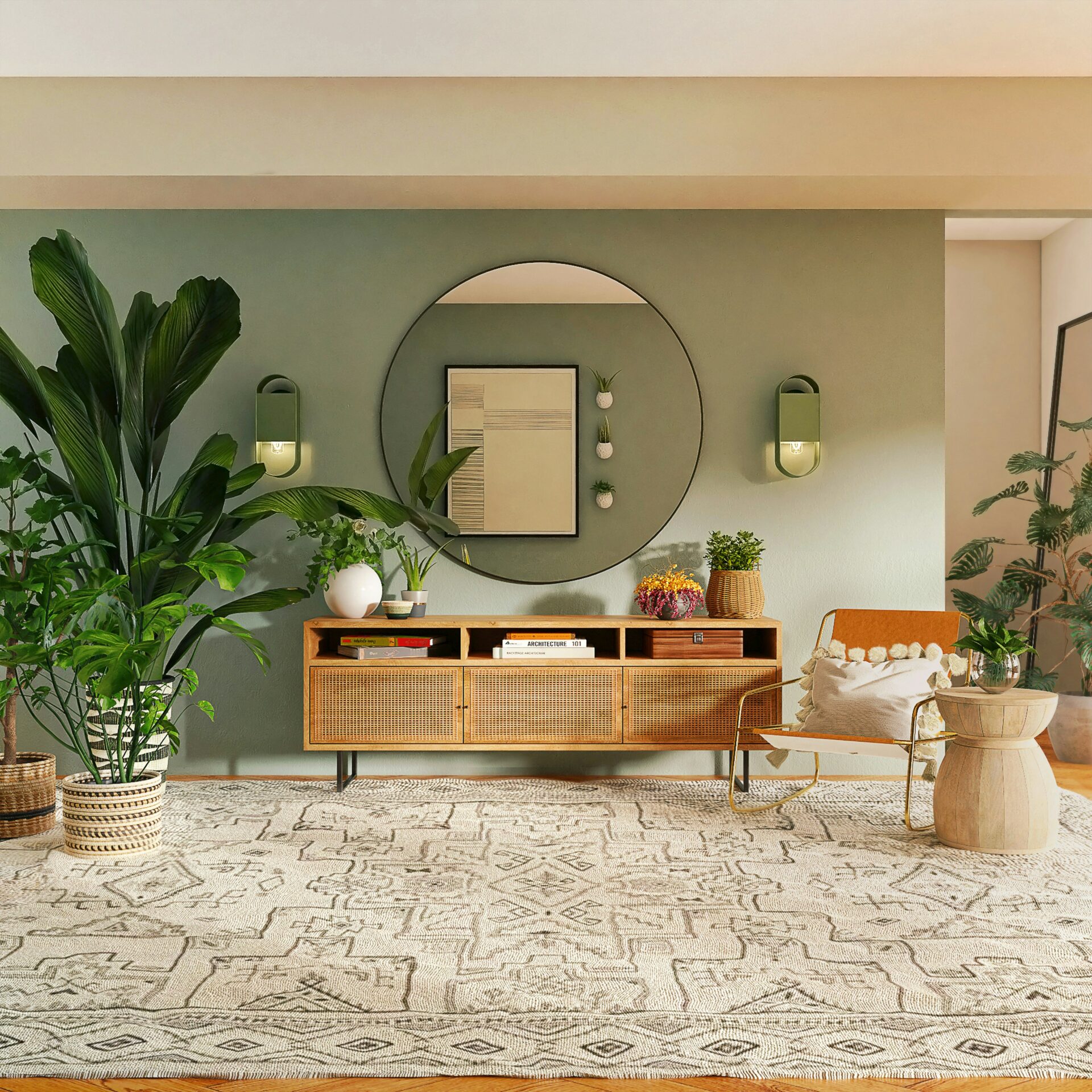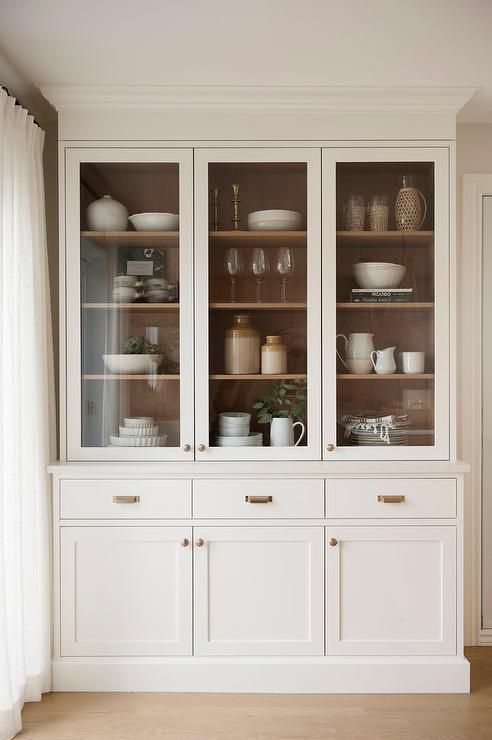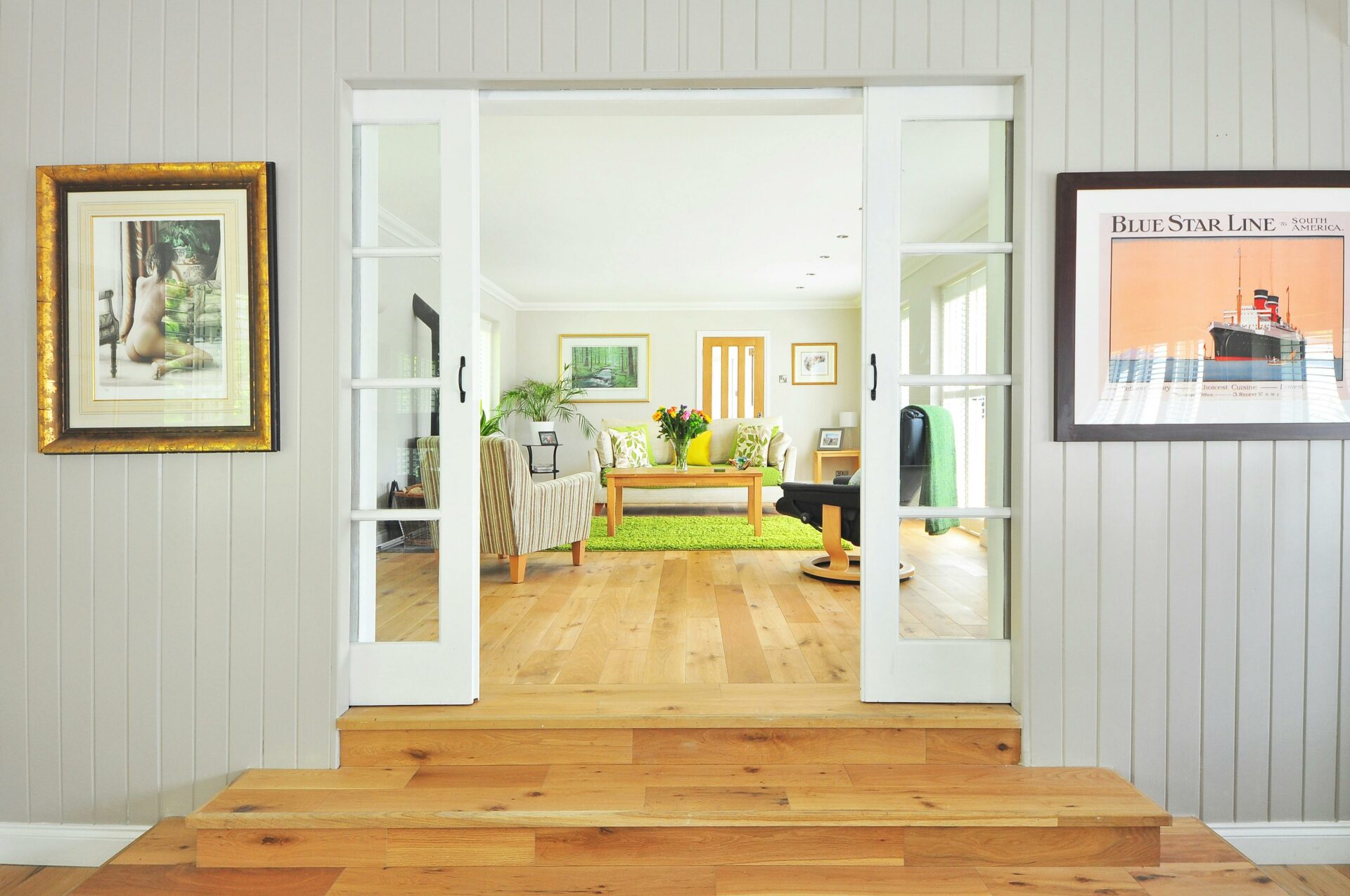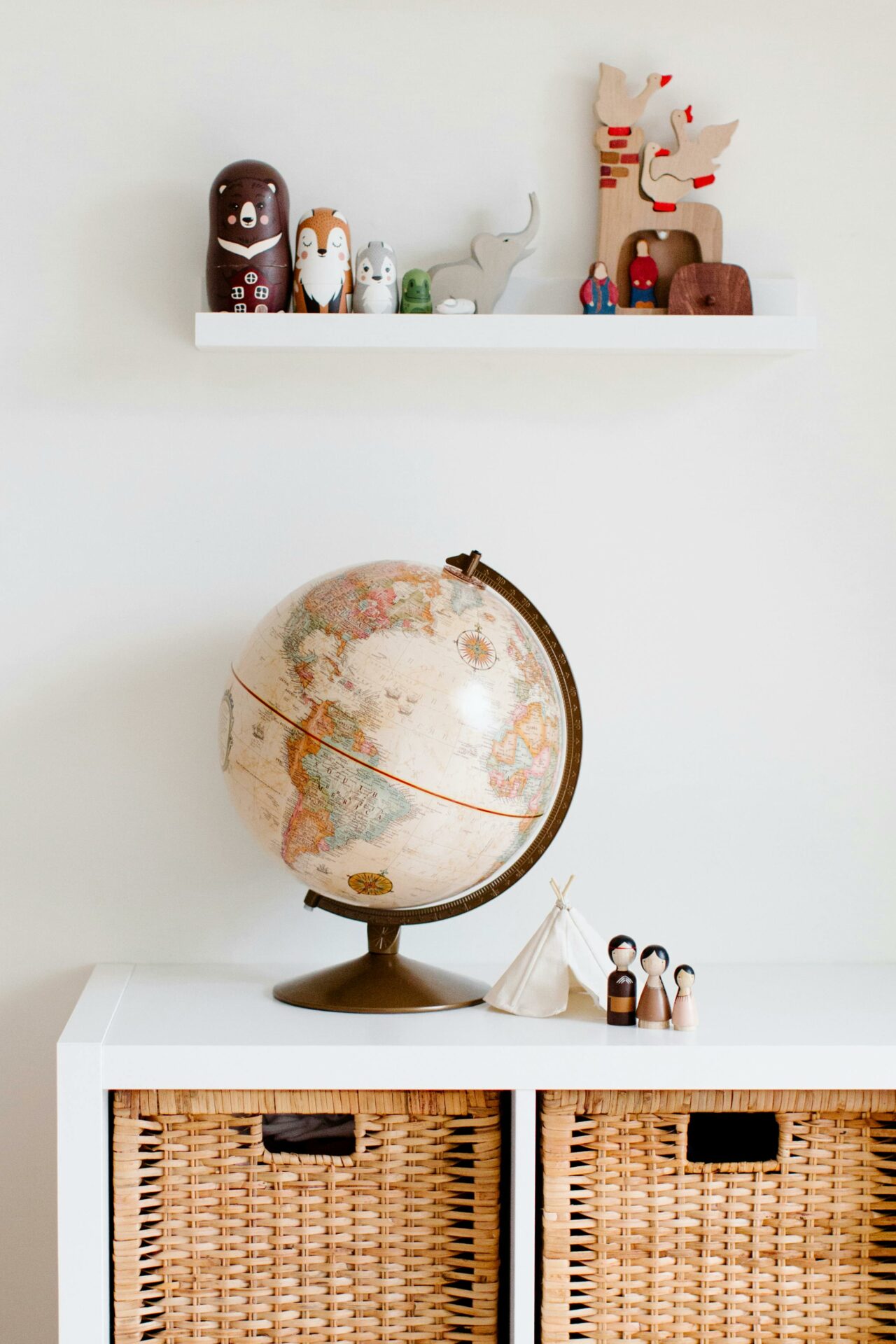
With spring around the corner I can imagine a lot of you are thinking about the deep spring clean where you not only clean your house but also pare down on your belongings. You might be asking yourself though, how much, exactly, do you get rid of? And how can I prevent it rom piling up again? Part of the solution is in the numbers; the number of towels, pairs of shoes, and so on and how many you decide to keep in each category. Below we have complied some ideas on how to get started and how to maintain the numbers you want!

The “Sometimes” Dilemma
what do you do if you only use something occasionally? Fancy china and specialized cookware tools come to mind. If you love these kinds of items, enjoy having them for those particular situations, and have the space to store them then by all means keep them but be mindful about how much you are keep and why. Sometimes we force ourselves to keep items purely out of guilt (typically inherited items) but we want things we love and bring us joy in our homes so if you do not have the desire or need for those items see if someone else in the family wants it or sell it or donate to charity.
One way to keep rarely used items in check is to limit the amount of storage space you afford them. Instead of allowing those items to take over multiple spaces in your home, decide on one space to store those “sometimes” items. For instance, keeping all your nice china and dishes in a beautiful hutch. This way they have their own space and you could have them on display. Make sure, though, to give away or sell something to free up space if you acquire more items down the road.
Laundry & Linens The Rule of Three: One in the Wash, One in the Cupboard, One in Use.
Have you heard of the rule of three: one in the wash, one in the cupboard, one in use? If not you have now and should be on repeat whenever you are reassessing your numbers for linens. It can be difficult to come up with a number of items to keep, but sticking with one for the shelf, one to use and one to wash keeps things simple. I follow this rule for sheets (per bed) and towels (per person). For guests, usually two sets of sheets and two sets of towels is enough. All in all though, the numbers are up to you!
The Seasonal Exception
Depending on the season you may want to have those extra blankets or the differing home decor pieces. It can be a nice change of pace to bring out warmer hues for winter and lighter lines in summer. This does not mean you need to over-do the amount of sets you have. Being mindful of items that could work in multiple seasons and differing spaces in your home can help minimize the amount of “stuff” you have. For example, having a set of curtains for spring and summer and a set for fall and winter.

Special Case: Clothes & Kids’ Stuff
Clothes and shoes can be the most personal and challenging of items to get rid of and put limits on. That being said, it can still be worthwhile to do an inventory. After seeing the 20 white t-shirts and 40 pairs of shoes, you may decide to bring those numbers down. Just remember, if you don’t love it, leave it.
When a child’s room is overflowing with stuff, it’s hard to focus on any one thing, and pretty soon all of those lovingly chosen toys become just part of the mess. setting space constraints can help you handle the situation by dedicating certain shelves, a closet, or a bin for the toys and other belongings. This way it might even be easier for your child to clean it all up! When those spaces begin to overflow or you start to notice things piling up, take that as a sign to give something away.

The Everyday Stuff
This is where the real purging happens. Do you know how many plastic bowls, wineglass, and random spoons you have? I know I had a lot. It may be nice to have enough or a few extra of these “everyday” items, especially for those bigger family dinners and days where you don’t seem to have enough time to wash the dishes, but you won’t likely need more than that. Not everyone wants to stick with one set of white dishes (although for simplicity’s sake, that’s surely an easy way to go). But you can still set a limit at a certain number of sets. If you go over your number, it’s time to start purging.
Special Cases: Tupperware & Your Passions
I don’t know about you but tupperware containers are a scary piece in my home. It seems like when you aren’t looking they multiply and you can never find the matching lid! This should be a sign it is time to go through those unmatched tupperware pieces. Unless you are into meal prepping, how many leftovers could we possibly have at the same time? With this in mind, I think it’s time to go through those lost and forgotten tupperware and clear them out, I know I will be.
Your passions matter but I am sure you know how easy it is to collect more and more stuff in order to support that passion. If you are looking to rein it in a bit, make sure you are aware of what you have, how many of them, and their quality, oh and make sure you actually use it! For instance, if you knit, take inventory of all the yarn you have and see if you still love those unused packs.

Just Because You Have the Space to Store it, Doesn’t Mean You Should
Extra space can be deceptive. If you have extra storage space, big closets, and those empty shelf spaces, don’t think you are off the hook. Pairing down on items not only relieves stress (especially that subconscious stress) and takes time off cleaning/organizing, but it also allows more space for you to see the beauty of the things you love in your home. And if you ever need to downsize in the future, the process will be far less gut wrenching if you have already chosen to live with less stuff. All in all, set your own rules. The point of this is to help you gain awareness of what kind of and how much stuff you need, so you can tailor your stuff to fit your life. And no one else can really do that except for you.